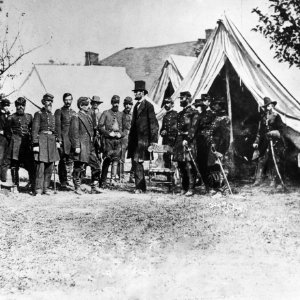The Tricky Relationship Between Painkiller Addiction and Medicare
Could having Medicare coverage be associated with higher rates of addiction to painkillers? A new study published by the Journal of the American Medical Association seems to lean in that direction. According to a report from Healthcare Finance News, six of every thousand Medicare beneficiaries fit the criteria for addiction to pain medications like hydrocodone, oxycodone or morphine. This compares to one of every thousand people who have commercial medical insurance.
There’s more than a half million Oklahomans covered under Medicare, or about 15% of the state’s residents. And until recently, the state had the highest rate of prescription drug abuse and overdoses.
We may not know all the factors associated with the high rate of Medicare recipients’ painkiller addiction. But we do know this: Doctors pressed for time are more likely to treat pain with medications than work with a patient to resolve pain with non-drug alternatives. And patients who are already educated on alternative treatments for pain like physical therapy, chiropractic care, massage or exercise are more likely to ask for these alternatives than agree with a painkiller-only approach.
More Painkiller Prescriptions than Residents
Of course, Oklahomans may be prone to lasting pain because of the activities pursued by residents of the state. Working on farms and in the oil fields causes more injuries than light industry or clerical work. If there’s a rush to put people back to work, doctors may rely on painkillers to cloak the pain, rather than prescribing a longer course of non-drug rehabilitation that resolves the injury without extended medication. Whatever the reasons, in 2012 there were 128 painkiller prescriptions issued per 100 residents in the state which seems a very high number.

Examine the federal government’s report on Oklahomans admitted to rehab for addiction to painkillers and you'll see the number jumped from 418 in 2002 to 1,543 in 2012 – a 369% increase. This statistic alone shows the scale of the problem.
There are non-drug solutions to pain – but they take longer than writing a prescription and getting it filled. But when a non-drug solution is used, there’s no chance of addiction.
In drug rehabilitation as well, there is a non-drug solution. However, some experts claim that the addicted can’t ever fully recover from addiction and so lengthy medication with buprenorphine or methadone is needed to keep them from abusing drugs like OxyContin or heroin. In the fifty-year history of Narconon, we’ve seen thousands of people recover fully from addiction. Yes, addiction can be a thing of the past and not the present. And no, medications like buprenorphine and methadone are not needed.
The rehabilitation program at Narconon Arrowhead teaches individuals how to live a satisfying, productive and enjoyable life without drugs. When the cravings for substances like alcohol, painkillers or marijuana subside and a person learns new skills for living a sober life, he can stop thinking of himself as an addict. He can just begin to enjoy life again.
At Narconon Arrowhead in Canadian, Oklahoma, we help individuals reclaim their enjoyable sobriety every day. Call us if we can help you or someone you care about: 1-800-468-6933


